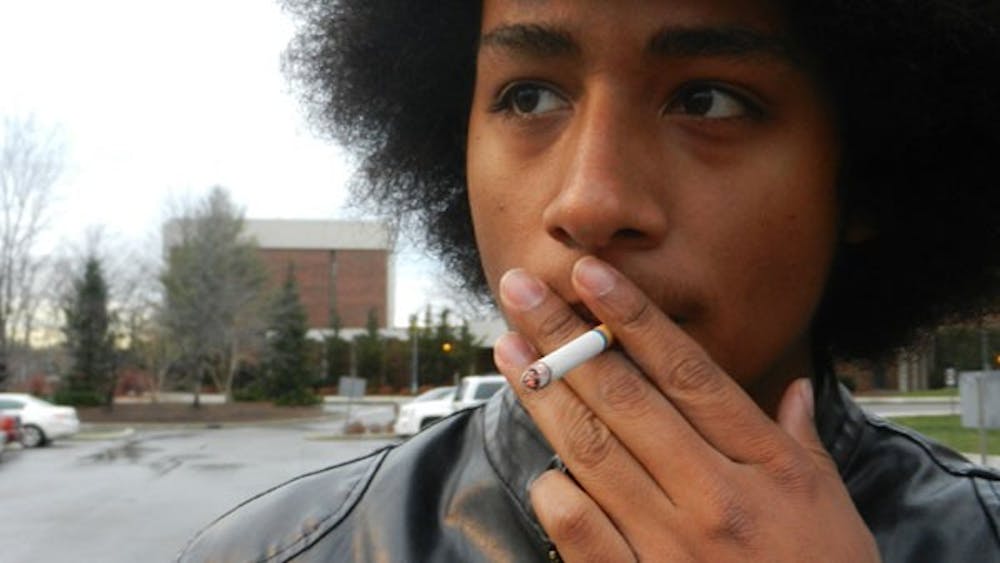If you’re not a smoker at Ball State, it can be easy to forget just how many people frequent the designated areas across campus.
But with an estimated 16 percent of students and 24 percent of staff at Ball State listed as smokers, the passage of a tobacco ban, which would go into effect Aug. 1, would be one of the biggest changes current students at Ball State would experience in years.
We just hope the Board of Trustees, after hearing the recommendation in its meeting on Friday, will consider every angle of the ban and how it would affect campus life.
Vice President of Student Affairs Kay Bales and the campus task force behind the recommendation for the ban certainly have good intentions. They want to decrease health care expenses for Ball State students, which on average costs $1,700 for users, and create better campus wellness initiatives.
But the plan has a few glaring holes, even after it was presented to the board.
Since 2008 when the board adopted the rule to allow smoking at only designated areas on campus, only 200 citations have been issued for violations against the policy. If a complete tobacco ban is put in place, the students and staff who use the smoking areas won’t just go away. They’ll find different places to hide and light up, meaning Ball State and the University Police Department will have to decide how heavily the ban should be enforced.
And the use of tobacco isn’t just limited to cigarettes. Some students still use chewing tobacco, and more may turn to it as a substitute if the ban is passed. Chewing tobacco is much easier to hide, meaning the school must find a way to track it and make sure students aren’t using it on campus.
Ball State already brought up this issue in the meeting Friday, but it needs to be further analyzed by the time the ban is up for vote.
President Jo Ann Gora asked Friday how much the ban would impact Ball State staff. When the board reconvenes on March 22 to decide whether or not to pass the ban, how it affects the university staff should just as important in the ruling as how it affects students.
Before anything is set in stone, the board must consider these issues and know how it will solve them. No matter if Ball State is made a tobacco-free university or designated smoking areas still exist next semester, the board still needs to make sure its decision benefits every person here, user or non-user.


